
 By Eliza Popova
By Eliza Popova
The photo contained six universal mobile towers 40V6MD, three radars 30H6 and two 5H66, 13 launchers 5P85, four mobile repair shops and 14 generators. Analyzing the images, the analysts of "militaristic" noted that more detailed analysis showed that part of the 30n6 radar stations did not leave the plant territory, but only moved inside. In total, 13 such radars are still being included at the enterprise.
Experts emphasize that since the production of RLS 30N6 has long been stopped, Moscow is forced to use accumulated stocks. In addition, most of these batteries are actually regarded as a source of spare parts, not as full combat units. Some equipment probably is tested before returning to the system: satellite images are noticeable signs of activity characteristic of testing. Moreover, the Russian soldiers try to restore only two C-300 batteries out of eight, which are stored.
The C-300 system has become one of the key developments in the USSR air defense. Its task is to ensure the constant cover of strategically important objects from the entire spectrum of air threats: from tactical aviation to winged and even, according to Russian sources, ballistic missiles. The S-300PS modification, which was armed in the mid-1980s, is capable of striking targets up to 75-90 kilometers and at heights of 25 meters, which was a worthy indicator at that time.
The main advantage of the complex is the work in the conditions of massive plaque. Radiocators accompanied dozens of targets at the same time, and rocket management was provided even with dense obstacles. In fact, the C-300PS was designed with the sight of combat against modern NATO aviation. The complex consists not only of rockets, but also of the whole "ecosystem".


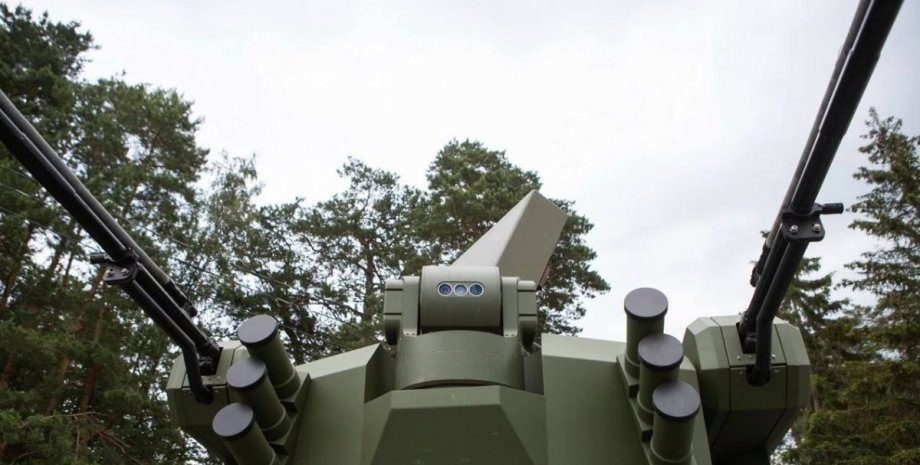
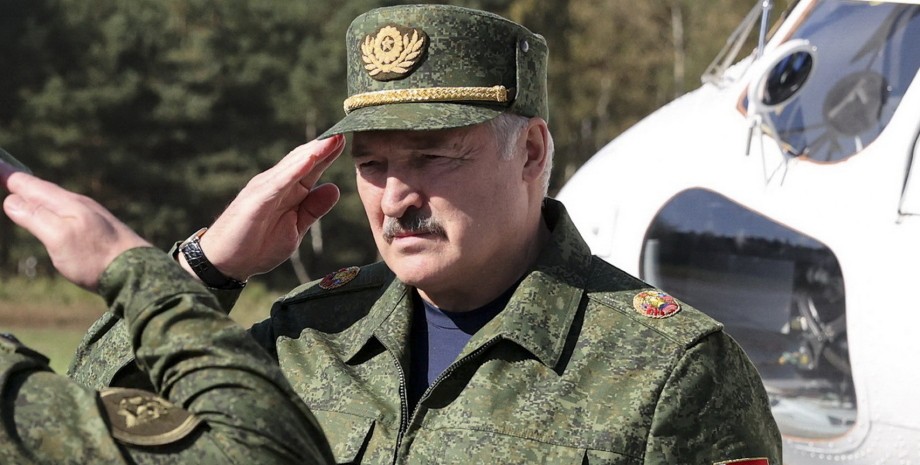
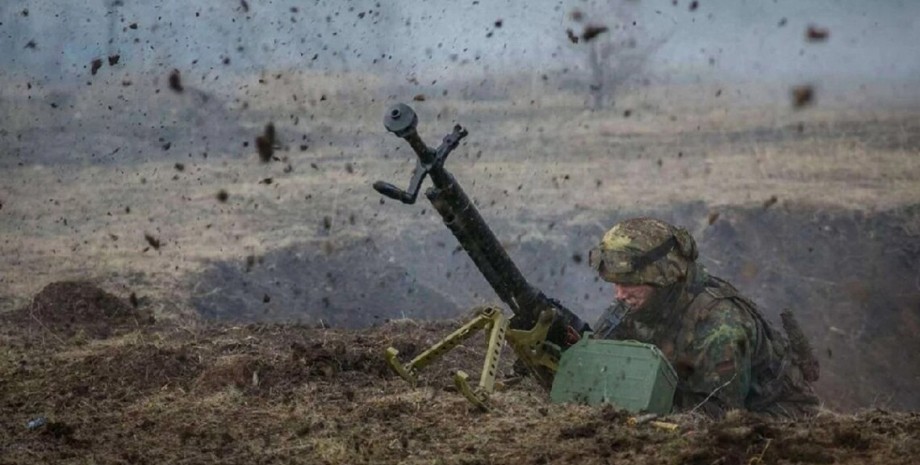

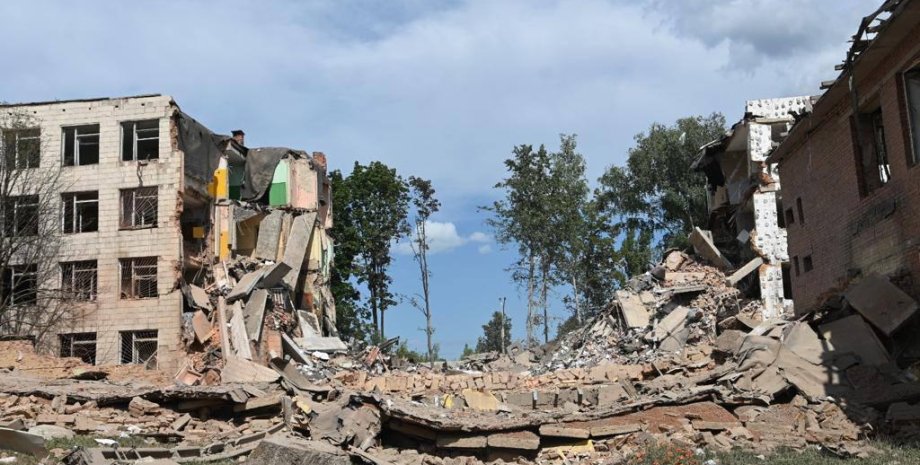
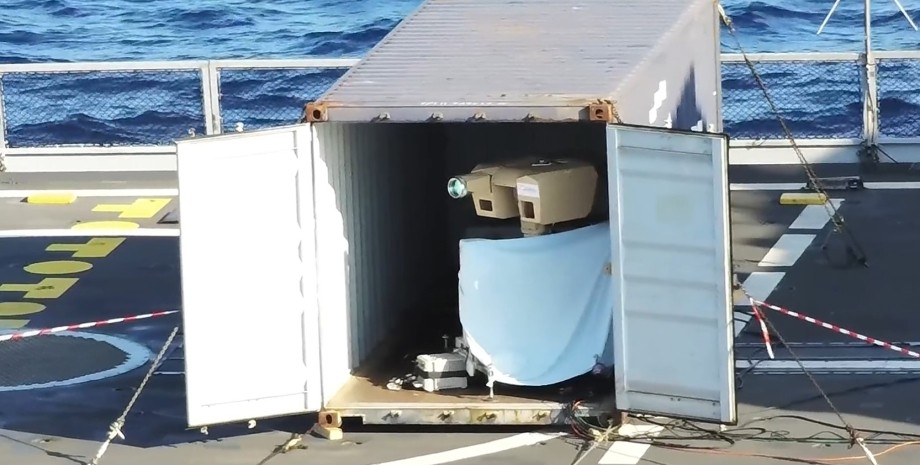

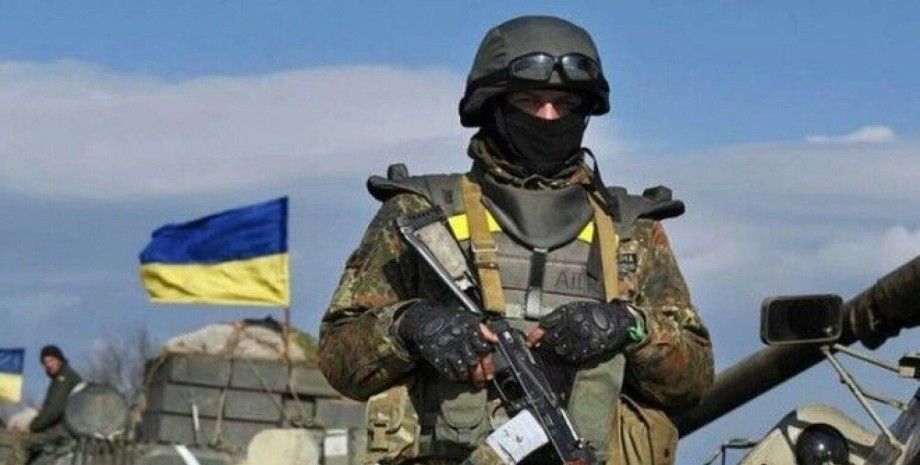
All rights reserved IN-Ukraine.info - 2022